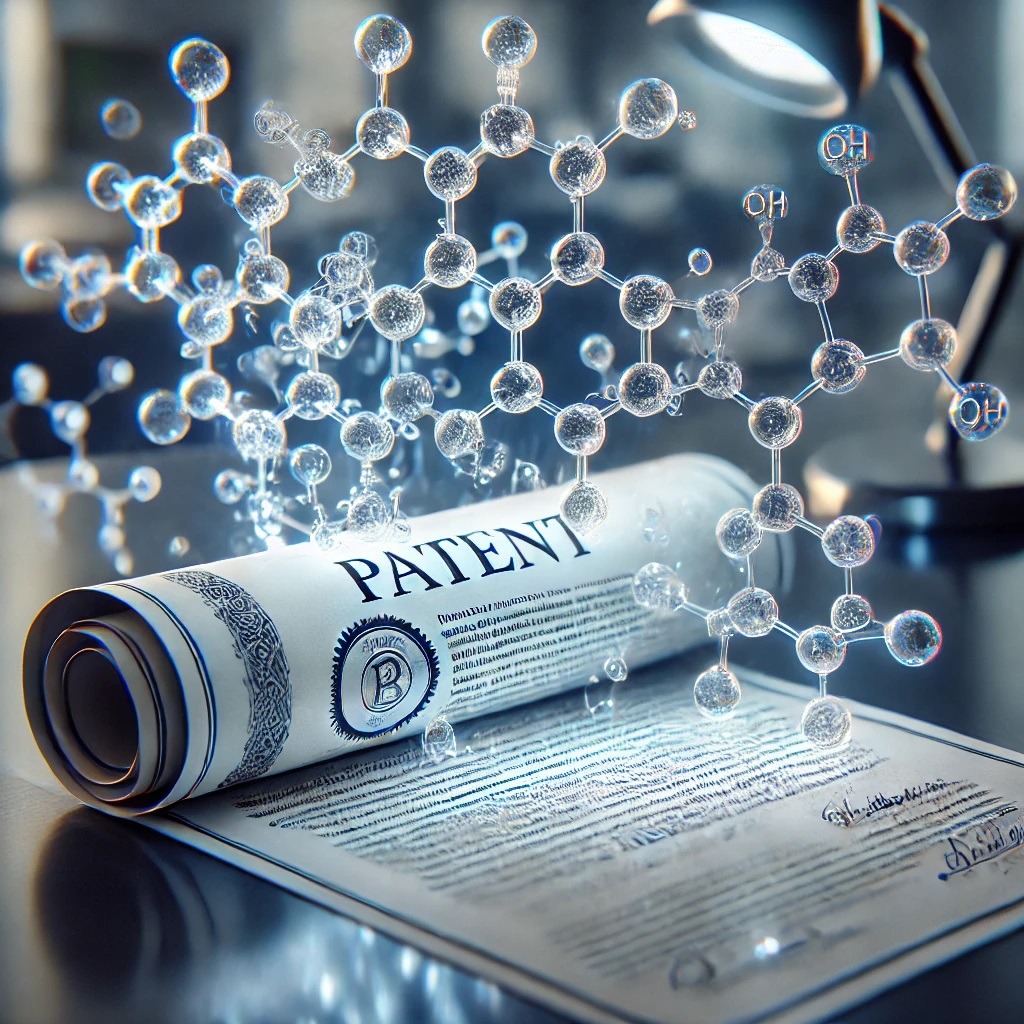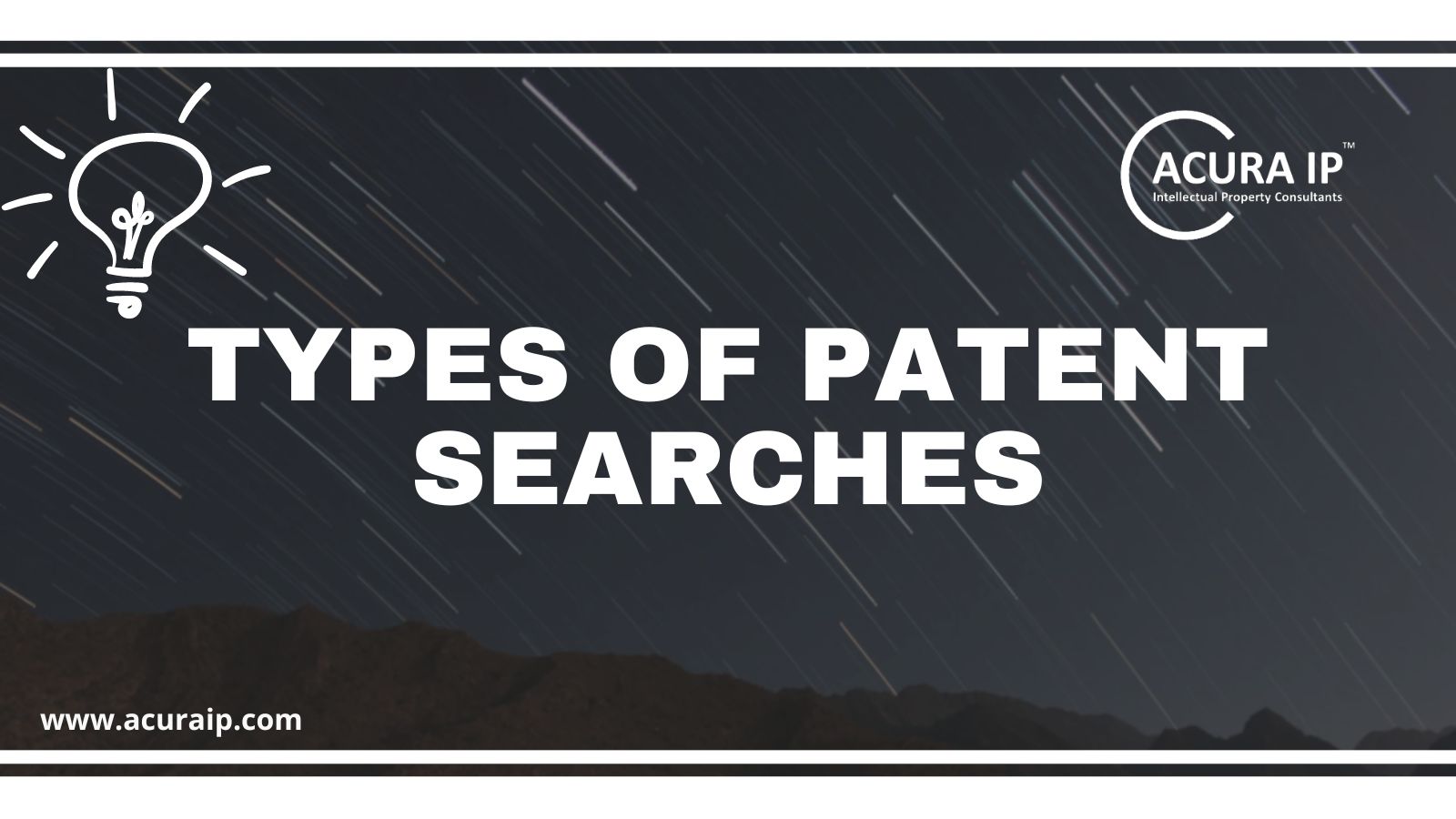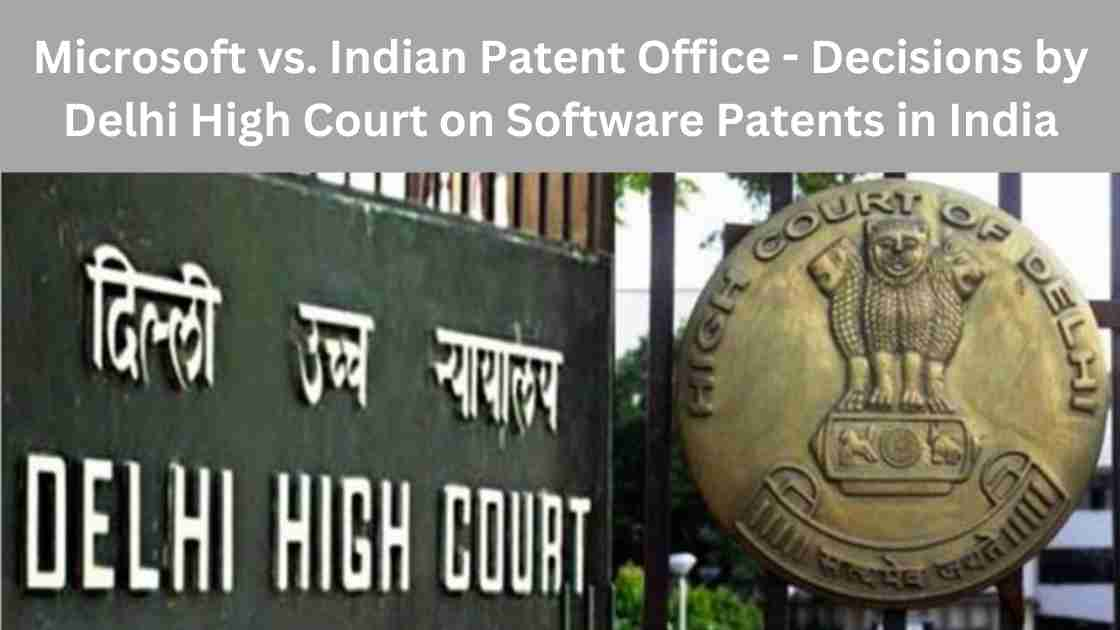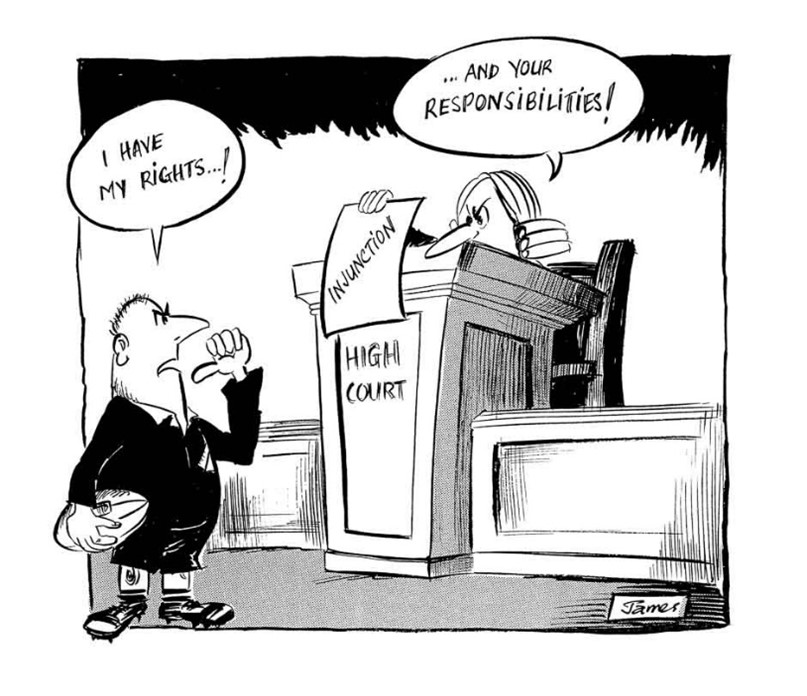
Understanding the Requirements for Composition Patents under Indian Patent Law
Composition patents are critical in industries such as pharmaceuticals, chemicals, and materials science, where innovative mixtures of substances lead to new and useful products. In India, obtaining a patent for a composition involves satisfying specific requirements laid out under the Indian Patent Law, particularly focusing on aspects like novelty, inventive step, sufficient disclosure, and ensuring that the patent does not fall under certain prohibitive sections, including Section 3(e). This blog post delves into these requirements in detail, along with relevant examples, to provide a comprehensive understanding of what it takes to secure a composition patent in India.
Novelty: The Foundation of Patentability
Example: Suppose a company develops a new adhesive composition that includes a novel combination of a known polymer and a specific ratio of a curing agent. If no previous patent or publication describes this exact combination, the composition is considered novel. However, if a prior patent or research paper describes a similar composition, even with a slightly different ratio of ingredients, the novelty could be challenged.
The novelty requirement is the cornerstone of patent law. For a composition to be patentable, it must be new—meaning it has not been previously disclosed in any prior art, which includes any publicly available documents, products, or practices. Under Indian Patent law, the test for novelty is strict; even a single prior disclosure can negate the novelty of a composition.
For instance, if a similar composition has been described in a published paper or disclosed in an earlier patent application anywhere in the world, the novelty requirement would not be met. Therefore, conducting a thorough prior art search before filing a patent application is crucial. This helps ensure that the composition is indeed new and has not been anticipated by prior knowledge.
Inventive Step: Beyond the Obvious
Example: Consider a pharmaceutical composition where a known drug is combined with a particular excipient to enhance its bioavailability. If the improvement in bioavailability is significant and unexpected based on the prior art, and if such a combination was not obvious to a person skilled in the art, the composition could meet the inventive step requirement. However, if the combination of the drug and excipient is something that could have been easily deduced from existing knowledge, the inventive step might be challenged.
Even if a composition is novel, it must also involve an inventive step to be patentable. The inventive step, also known as non-obviousness, requires that the composition not be obvious to a person skilled in the art based on the prior art. This means that the composition should show a technical advance or an improvement over existing knowledge in a way that is not straightforward or obvious.
In India, the inventive step is assessed based on three key criteria:
- Technical advancement as compared to the existing knowledge.
- Economic significance of the invention.
- Whether the invention is obvious to a person skilled in the art.
The composition must demonstrate a clear and substantial improvement in performance or utility over known compositions, which would not have been predictable by someone with ordinary skill in the relevant field.
Sufficient Disclosure: Detailing the Invention
Example: A company develops a novel cosmetic cream with a unique combination of natural extracts. In the patent application, the company provides detailed descriptions of each extract’s role, the method of preparation, and specific working examples of how the cream is formulated. Additionally, the application includes test data showing the cream’s effectiveness in improving skin hydration compared to existing products. This level of disclosure helps ensure that the patent application meets the requirements of Indian law.
Indian Patent Law requires that the patent specification must sufficiently disclose the invention. This means that the patent application should provide a detailed description of the composition, including how it is made and used, so that a person skilled in the art can replicate the invention without undue experimentation.
The specification must include:
- Detailed description of the components and their proportions in the composition.
- Specific examples (working examples) that illustrate how the composition can be practically implemented.
- Test data to demonstrate the efficacy and advantages of the composition, particularly in cases involving pharmaceuticals or chemicals.
For instance, if a patent application is filed for a pharmaceutical composition, it should include experimental data showing the therapeutic efficacy of the composition, stability data, and any other relevant properties that support the claims made in the patent. Such data not only strengthens the patent application but also helps in overcoming objections related to sufficiency of disclosure.
Section 3: Exclusions from Patentability
Example: A food company develops a new beverage by mixing known fruit juices with herbal extracts. If the resulting beverage only exhibits the combined properties of the individual components without any new or enhanced effect, the patent application could be rejected under Section 3(e) as a mere admixture. However, if the mixture leads to a new and unexpected health benefit, such as a synergistic antioxidant effect, it could be argued that the composition does not fall under the exclusions of Section 3(e).
Indian Patent Law includes several provisions under Section 3 that list inventions which are not patentable. For composition patents, two critical subsections to consider are Section 3(d) and Section 3(e).
- Section 3(d): Primarily concerns pharmaceutical patents and states that mere discovery of a new form of a known substance that does not result in the enhancement of the known efficacy is not patentable. For compositions, this means that if a composition is simply a new form of a known substance without a significant improvement in efficacy, it may not be patentable.
- Section 3(e): This section is particularly relevant for composition patents. It states that a mere admixture resulting only in the aggregation of the properties of the components is not patentable unless there is a synergistic effect. In other words, if the components of the composition only exhibit their individual properties without creating a new and unexpected result when combined, the composition may be rejected as non-patentable.
To overcome the hurdle of Section 3(e), it is crucial to demonstrate that the composition exhibits a synergistic effect. This could be shown through experimental data indicating that the combined effect of the components is greater than the sum of their individual effects.
Strategic Preparation for Patent Success
Securing a composition patent in India requires careful preparation and strategic presentation. The composition must not only be novel and inventive but also be disclosed in sufficient detail, with working examples and supporting test data. Additionally, the composition claims must be crafted in such a way that it avoids the exclusions under Section 3, particularly demonstrating a synergistic effect to satisfy Section 3(e).


Recent FAQs Published by the Indian Patent Office on Form 27
The Indian Patent Office recently released a comprehensive FAQ document…

A Comprehensive Guide to Patent Searches: Types, Examples, and When to Use Them
Patent searches are a crucial aspect of the patenting process.…

Microsoft vs. Indian Patent Office – Decisions by Delhi High Court on Software Patents in India
The part of this series focuses on the…

Case in Point: Sun Pharma Ltd vs. DWD Pharma Ltd
Case in Point is a new series where…
Categories
Recent Discussions
Recent FAQs Published by the Indian Patent Office on Form 27
The Indian Patent Office recently released a comprehensive FAQ document regarding Form 27, aimed at clarifying the requirements and procedures for patentees and…
Recent Discussions
A Comprehensive Guide to Patent Searches: Types, Examples, and When to Use Them
Patent searches are a crucial aspect of the patenting process. Whether you're an inventor, entrepreneur, or a legal professional, understanding the different types…


